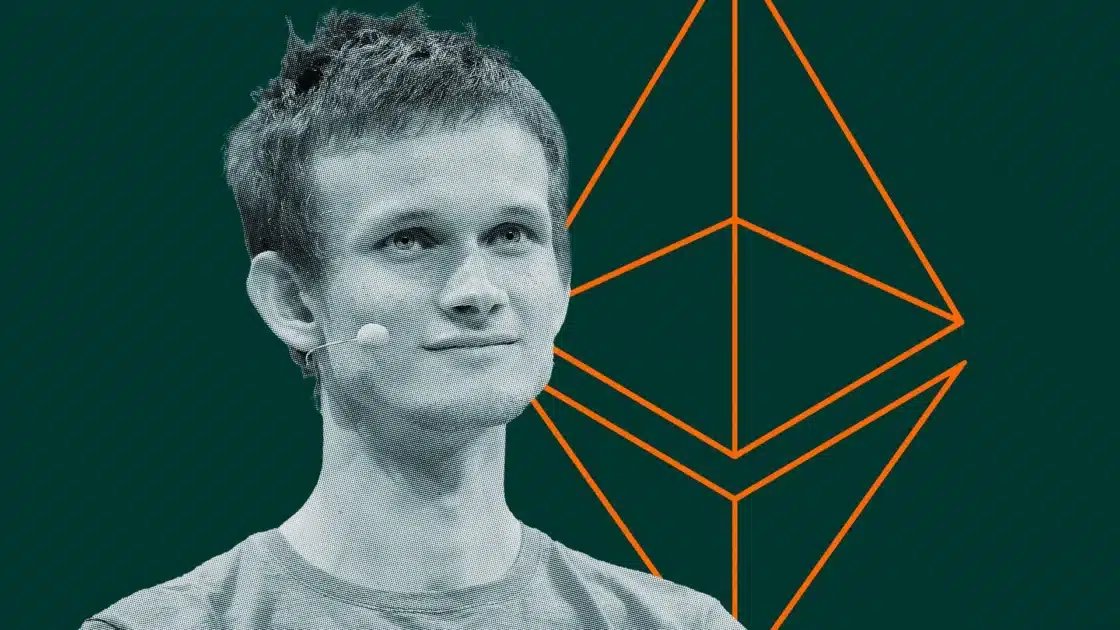Near Protocol Neighbors XRP Tundra’s Cross-Chain Arctic Ecosystem
Near Protocol has spent the past year expanding its sharding network, turning performance into its main calling card. Developer milestones released through 2025 show activity rising across Nightshade shards as new tools bring external assets into the Near environment. Cross-chain integration has become the sector’s defining race, and every major project is now looking for the most efficient way to move liquidity between networks.
XRP Tundra approaches the same challenge from another direction. Instead of scaling a single chain through shards, it links two existing ecosystems—the XRP Ledger and Solana—through an audited framework designed for interoperability. Where Near widens its base layer, Tundra builds bridges between ledgers already proven at scale.
Near’s Sharded Expansion Gains Ground
Near’s Nightshade design splits transaction processing across multiple shards, allowing the network to run operations in parallel. Each shard acts as a lightweight blockchain, coordinated by a single validator set. The upgrade to Phase 2 allowed automatic resharding, meaning active areas of the network can divide further as demand rises without halting operations.

NEAR’s performance milestones are public record: the core team reported 600 ms block times and roughly 1.2 s finalityin May 2025, and confirmed nine shards live on mainnet in August. These updates restored Near to the center of scalability discussions among Layer-1 developers.
The project’s focus now extends beyond speed — it aims to serve as an access layer for assets from Ethereum, Solana, and other chains through its Rainbow Bridge. The strategy works within Near’s own environment. The limitation is that every asset crossing through its bridge must eventually conform to Near’s contract standards. That design still centralizes finality within one chain, even as execution becomes more distributed.
XRP Tundra’s GlacierChain: Linking Ledgers, Not Shards
XRP Tundra is taking the opposite route. Instead of expanding one blockchain, it connects two with complementary strengths. Solana processes transactions at scale, averaging over 50 000 per second in live conditions. The XRP Ledger delivers near-instant settlement with deterministic finality and transparent state verification.
The next stage, GlacierChain, will function as a Layer-2 bridge between them. It will allow users to move liquidity across networks without wrapping tokens or leaving the audited perimeter of either ledger. The system is being developed to handle both governance signals and transaction data, using XRPL’s validator consensus to anchor results.
This design treats interoperability as infrastructure rather than feature. Each layer retains its native advantages — Solana’s speed and XRPL’s settlement assurance — while the bridge manages confirmation logic in real time. The architecture avoids the bottlenecks that come with scaling a single network under heavy load.
Dual-Token Structure Keeps Functions Clear
The two-token model is central to how Tundra handles cross-chain coordination. TUNDRA-S, operating on Solana, is the utility and yield token powering liquidity pools, staking rewards, and transaction flow. TUNDRA-X, on the XRP Ledger, governs protocol parameters, reserves, and future Layer-2 proposals.

By separating these roles, Tundra removes a major pain point visible in other ecosystems. Governance votes, staking returns, and market liquidity no longer compete for the same token supply. It’s a model designed for composability: one token builds, the other decides.
This structure also reduces exposure to congestion. When Solana traffic spikes, governance remains unaffected on XRPL. When governance proposals activate on the XRPL side, execution speed on Solana continues uninterrupted. The result is an operational division that favors continuity over theoretical maximum throughput.
Verified Infrastructure for Interoperable Finance
Audits remain the foundation of that continuity. XRP Tundra’s codebase has been reviewed by Cyberscope, Solidproof, and FreshCoins. Team identity verification was completed through Vital Block, confirming the transparency standard that underpins every phase of the project.
Independent coverage on Crypto Volt’s channel described Tundra’s architecture as cross-chain done from the ledger level, emphasizing how the audits allow verifiable performance across different networks. In an industry still recovering from bridge exploits and unaudited interoperability experiments, that level of disclosure has become a competitive advantage.
The audit process extends to token economics as well. Each presale round is reviewed before the next begins, creating a timestamped record of contract integrity. This practice gives investors a way to track compliance across every component of the ecosystem.
Presale Growth Reflects Structural Confidence
The numbers behind that framework have continued to grow. XRP Tundra’s Phase 6 presale has raised more than $1.2 million from 11,600+ participants. TUNDRA-S sells at $0.1 with a 14% bonus, while TUNDRA-X carries a reference price of $0.05. Listing values are fixed at $2.5 and $1.25 respectively, giving the project a measurable, pre-audited upside.
Because presale mechanics and audits are synchronized, later buyers enter under the same verified structure as early ones. That consistency stands in contrast to networks where token distribution adjusts on demand or liquidity events trigger price resets.

Tundra’s cross-chain model isn’t trying to replicate Near’s sharding. It’s addressing the same performance challenge with different tools — linking independent ledgers under an auditable framework rather than splitting one chain into fragments.
Follow Tundra’s bridge build-out as XRPL and Solana converge:
Website: https://www.xrptundra.com/
Medium: https://medium.com/@xrptundra
Telegram: https://t.me/xrptundra
X: https://x.com/Xrptundra
Contact: Tim Fénix — contact@xrptundra.com
You May Also Like

Pentagon Hails Restart Of Critical Minerals Mine In Idaho

Blockchain May Foster Network States Amid Eroding Nation-State Model

